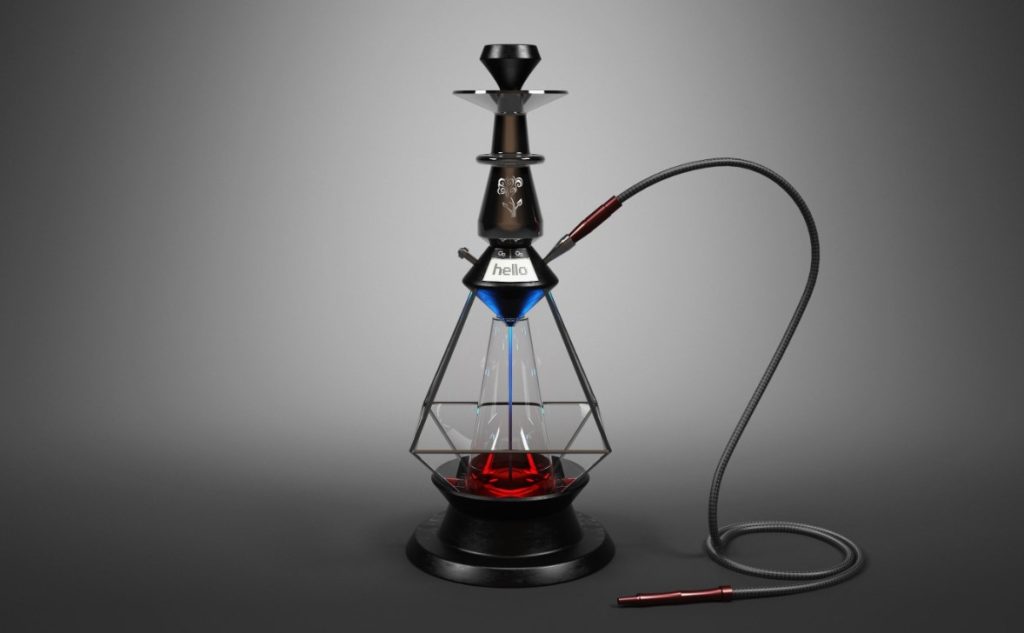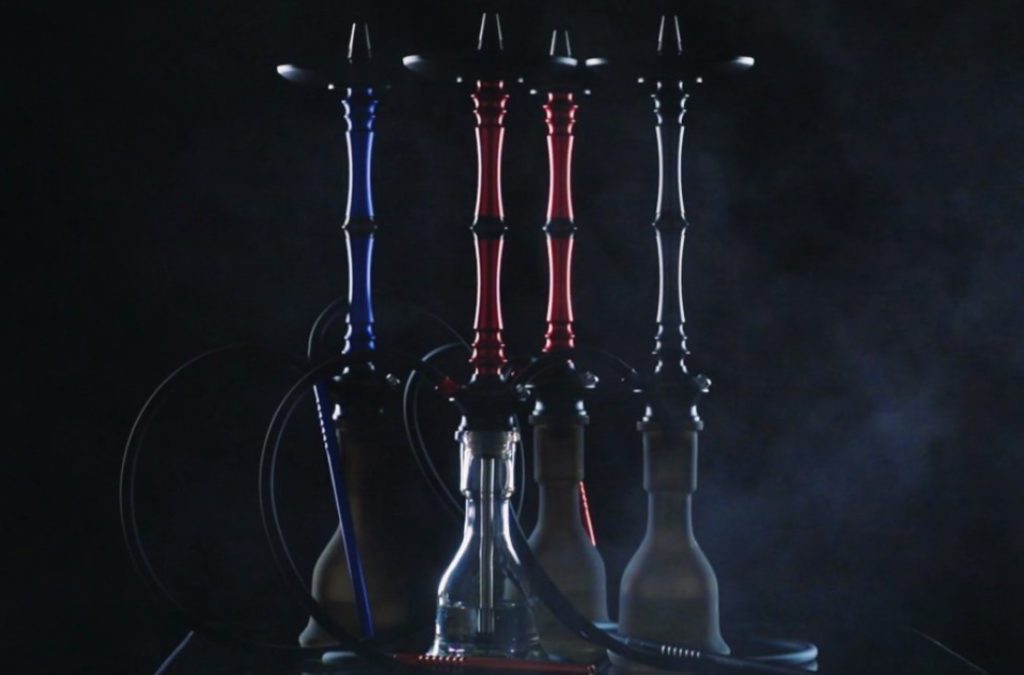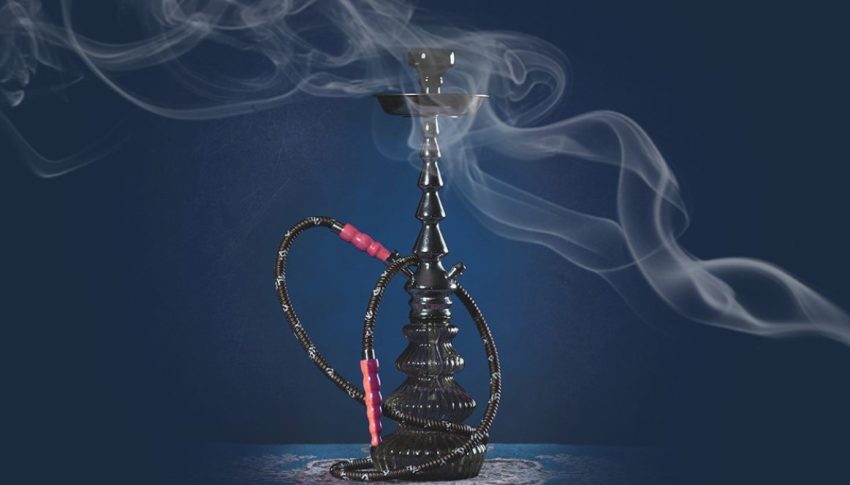The history of hookahs, also known as shishas or water pipes, is as rich and diverse as the cultures that have embraced this ancient smoking device. Originating in the East, the hookah’s journey began in India during the 15th century. It was here, amidst the confluence of local lifestyle and the availability of tobacco, that the first analogues of the hookah were created. Today, HookahMarket celebrates this rich history by offering a wide range of high-quality hookahs and accessories that honor these traditional roots while embracing modern innovations.
Early Beginnings in India
Initially, the hookah was devised as a medicinal apparatus. Various medicinal herbs were smoked through it to treat ailments. The simple yet effective design consisted of materials readily available in the region, such as stone, clay, and wood. These early hookahs were straightforward in construction but served the essential purpose of delivering medicinal smoke.
It wasn’t long before tobacco became a popular substance to smoke through hookahs. This shift in usage marked a significant evolution in the hookah’s history, leading to the establishment of Damascus as a prominent center for high-quality hookah tobacco production.
Innovations in Design and Functionality
The hookah’s design saw significant improvements over time. By the 16th century, the introduction of a water filtration system in India marked a major advancement. This innovation made smoking more pleasant and arguably safer, as the water helped to cool and purify the smoke.
As the centuries progressed, the hookah underwent further transformations. In the 19th century, its popularity spread beyond the East to Europe and America. This global interest led to the creation of hookahs from a variety of materials, including glass, metal, and ceramics, each contributing to the aesthetic and functional diversity of the device.

The Ottoman Influence
During the Ottoman Empire, the hookah, referred to as “nargile” in Turkey, became deeply ingrained in the cultural fabric. Initially, it was predominantly used by men, but over time, it garnered popularity among women as well. The nargile became a symbol of social interaction, hospitality, and cultural expression, further solidifying its place in society.
The Nargile in Social Gatherings
The nargile became a central feature in social gatherings within Ottoman culture. Coffeehouses, which served as vital hubs of social interaction, often provided nargiles to patrons. These establishments were places where people from different walks of life could come together to share stories, debate politics, and enjoy the communal experience of smoking a nargile. The ritual of preparing and sharing a nargile was an art form in itself, with a host often taking pride in the quality of the tobacco and the smoothness of the smoke.
Theories of Origin
Several theories exist regarding the hookah’s origins, each shedding light on different cultural contexts:
1. Persian Theory: One theory suggests that a variation of the hookah was used by Persians and other local peoples as a pain reliever. These early hookahs were filled with narcotic substances to help alleviate pain.
2. African Theory: Archaeological evidence from Tanzania, Kenya, and Zambia indicates the existence of pipes for smoking hashish dating back to the 14th century. These ancient pipes may have served as prototypes for the modern hookah.
3. American Theory: Research by American scholars suggests that indigenous people used gourds for smoking, passing smoke through them in a manner similar to the modern hookah.

African Influences
In Africa, particularly in regions such as Tanzania, Kenya, and Zambia, archaeological finds have provided intriguing insights into the early use of smoking devices. Excavations have unearthed ancient pipes designed for smoking hashish, dating back to the 14th century. These discoveries suggest that the concept of using a water filtration system to purify smoke might have had early influences from African cultures. The adaptation of these early designs eventually contributed to the evolution of the hookah as it spread across continents.
Native American Practices
In the Americas, indigenous tribes had their unique methods of smoking various substances. Historical records indicate that Native Americans used gourds and other natural materials to create smoking devices. These early practices involved passing smoke through a water-filled chamber, not unlike the water filtration system in modern hookahs. The similarities between these indigenous methods and the contemporary hookah highlight the possibility of parallel innovations in different parts of the world.
Cultural Significance
Throughout history, the act of smoking a hookah has been imbued with cultural significance. In many societies, sharing a hookah is a gesture of respect and friendship. Refusing to partake in a hookah session could be perceived as an insult to the host’s family.
A Symbol of Hospitality
In Middle Eastern cultures, the hookah is often a symbol of hospitality. Offering a hookah to guests is a sign of welcome and respect. The tradition of sharing a hookah with visitors is deeply rooted in the customs of hospitality, where the host takes great care in preparing and serving the hookah to ensure the comfort and enjoyment of their guests.
A Social Connector
In various cultures, the hookah has served as a social connector, bringing people together in communal settings. The shared experience of smoking a hookah fosters a sense of camaraderie and bonding among participants. Whether in private homes, cafes, or social clubs, the hookah acts as a focal point for conversation and interaction, transcending social barriers and creating a space for meaningful connections.
Modern Evolution
In contemporary times, hookahs continue to evolve, becoming a staple in many cultures worldwide. The design and materials of modern hookahs vary widely, from minimalist to futuristic forms. Wood is often used for decorative purposes, adding an element of traditional craftsmanship to the device.
Advanced Materials and Manufacturing
Manufacturers now employ advanced materials to enhance durability and hygiene. Stainless steel and aluminum have replaced copper, brass, and low-quality alloys, while silicone rubber mixtures are used for hoses instead of leather and wire. These modern materials not only improve the hookah’s longevity but also eliminate unpleasant odors and allow for easier cleaning.
Innovations in Design
Modern hookahs showcase a wide range of designs, reflecting both traditional aesthetics and contemporary trends. From elegant and ornate designs to sleek and minimalist forms, today’s hookahs cater to diverse tastes and preferences. Customization options are also available, allowing enthusiasts to personalize their hookahs with unique colors, patterns, and accessories.
The HookahMarket
For those looking to delve into the fascinating world of hookahs, HookahMarket offers a comprehensive range of products. As the UAE’s largest online chain of hookah and hookah accessories stores, HookahMarket provides original, high-quality items from renowned manufacturers in Russia and other countries. Their extensive selection ensures that enthusiasts can find hookahs and accessories to suit their tastes and preferences.
Featured Product: Czech Hookah Anima ETERNAL BLACK
One of the standout products available at HookahMarket is the Czech Hookah Anima ETERNAL BLACK. Known for its unique design and superior quality, this hookah is priced at 6100 UAE dirhams. It exemplifies the blend of tradition and innovation that defines the modern hookah industry. The Anima ETERNAL BLACK features a sleek black finish, intricate detailing, and a robust construction, making it a popular choice among hookah aficionados.
Conclusion
The history of hookahs is a testament to the device’s enduring appeal and adaptability. From its medicinal origins in 15th century India to its current status as a global cultural icon, the hookah has continuously evolved, reflecting the diverse traditions and innovations of the cultures it has touched. Today, as hookahs continue to gain popularity worldwide, they remain a symbol of social connection and cultural heritage, bridging the past and the present in a unique and fascinating way.
As the hookah’s legacy continues to unfold, it serves as a reminder of the shared human experience across different cultures and eras. The hookah’s journey from a simple medicinal tool to a sophisticated and cherished social instrument underscores its significance as a cultural artifact that transcends time and geography. Whether enjoyed in a traditional setting or as part of a modern lifestyle, the hookah remains a symbol of community, hospitality, and the enduring human desire for connection.

I specialize in administrative technologies and am responsible for training other employees to use advanced systems and applications, including accounting software, mass communication procedures and organizational applications
